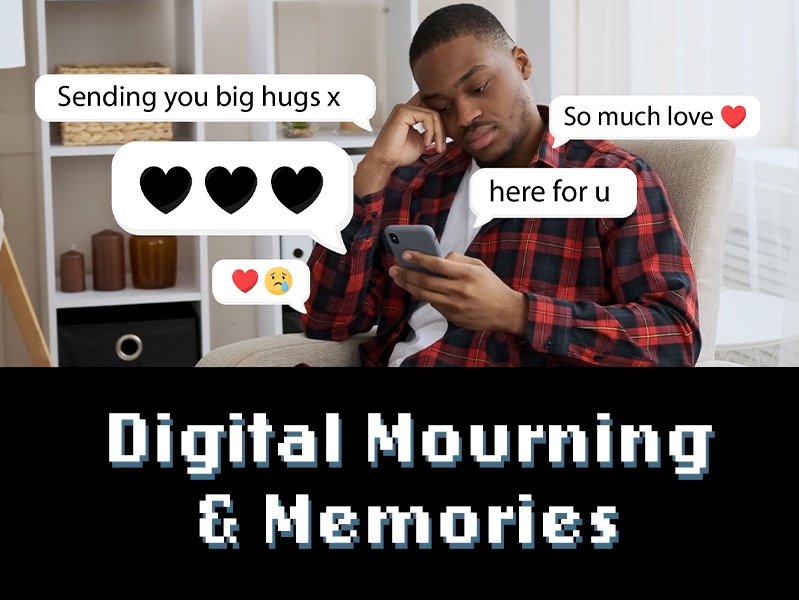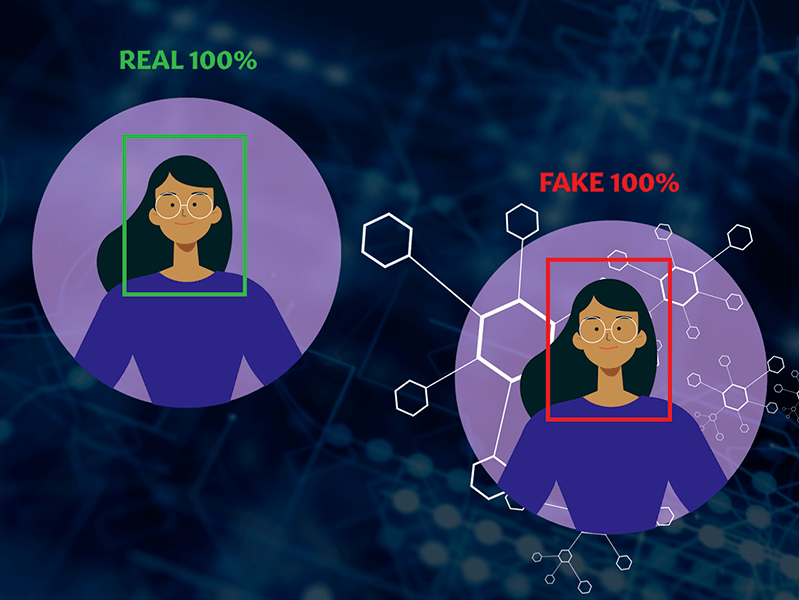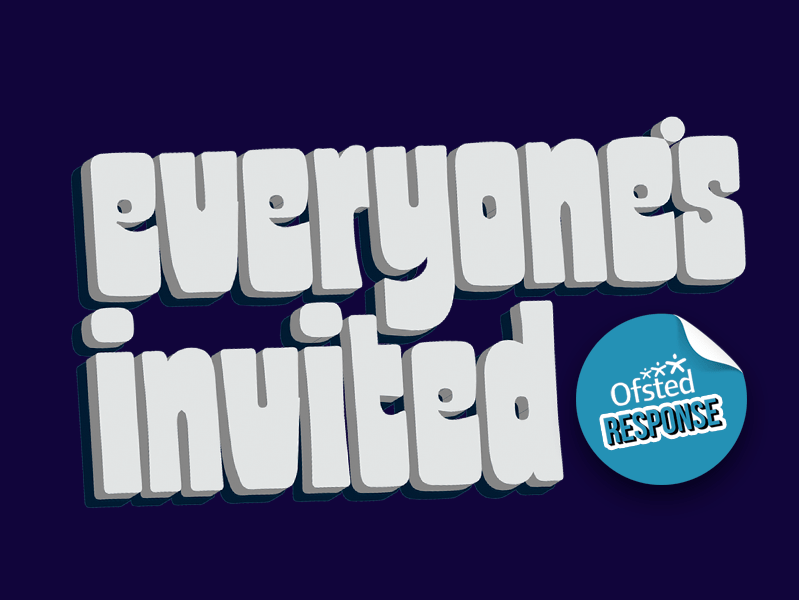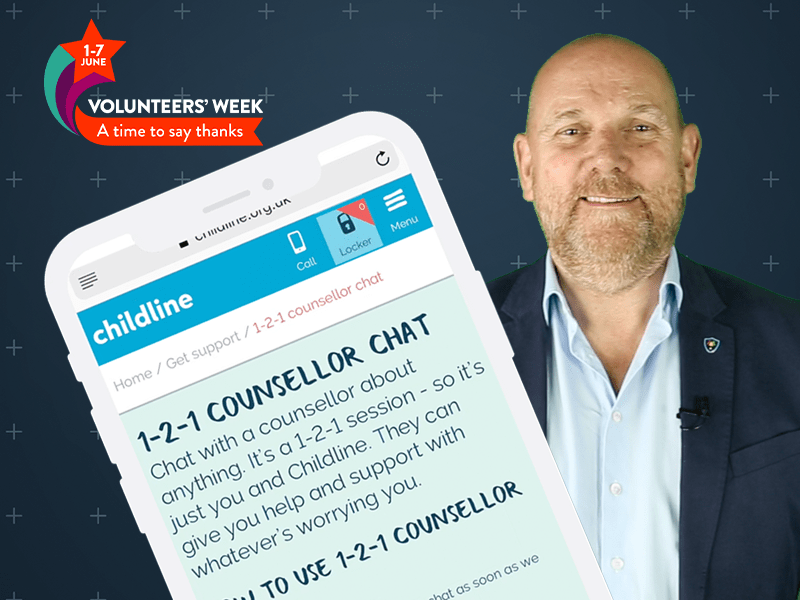Last Updated on 28th September 2023
Last Updated: 23rd June, 2021
We have previously raised concerns about the dangers of self-generated sexual imagery created by children and young people. It can be scary and confusing for children and young people, especially if they lose control of any images. Here, we help define this issue and give you some top tips on supporting children and young people by keeping control of images.
What is Self-Generated Child Sexual Abuse Material?
Self-generated child sexual abuse material (also referred to as self-generated sexually explicit material) can be understood as naked or semi-naked images or videos created by a child or young person depicting sexual activity. These may be shared consensually at first, then forwarded onto or obtained maliciously by offenders who will coerce and/or groom children online. While this affects all ages and genders, it is prevalent in young girls aged 11-13.
What to do if you’re worried a child or young person has shared an image online
It’s helpful to have a clear understanding of what you can do if a child or young person in your care loses control of an image before it happens. You might want to talk to the children in your care about who they would talk to if they were worried about something online. You might have heard ‘what goes online stays online’ – this is not true. There is always something that can be done, and statements like these can remove all sense of hope from a vulnerable child.
Taking Back Control
Here are some practical steps you can use if a child tells you that they have lost control of an image:
We hope this has given you a greater understanding of what self-generated images are, and how they can affect a child or young person. Make sure any young person in your care knows they can speak to you without judgement. It is important to remain calm and supportive. The well-being of a vulnerable child or young person is always the most important thing to protect, especially in a situation that can feel hopeless and scary. No matter what – there is always a solution.
Do you receive our Safeguarding Alerts?
Receive regular updates to help you safeguard children in a digital era.














